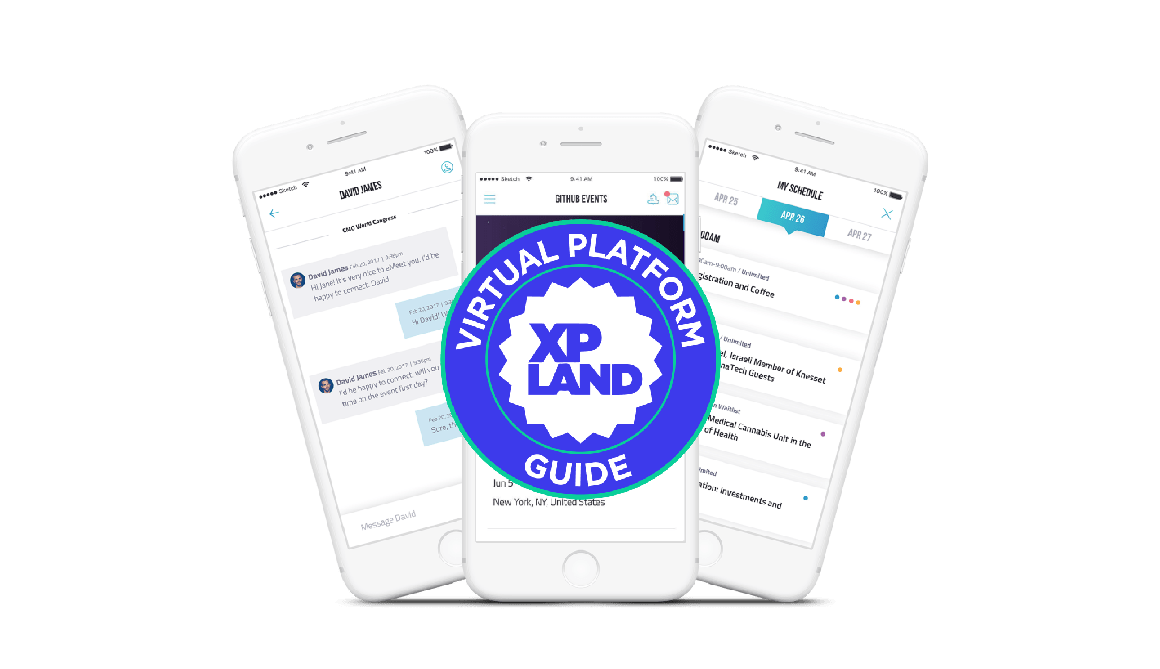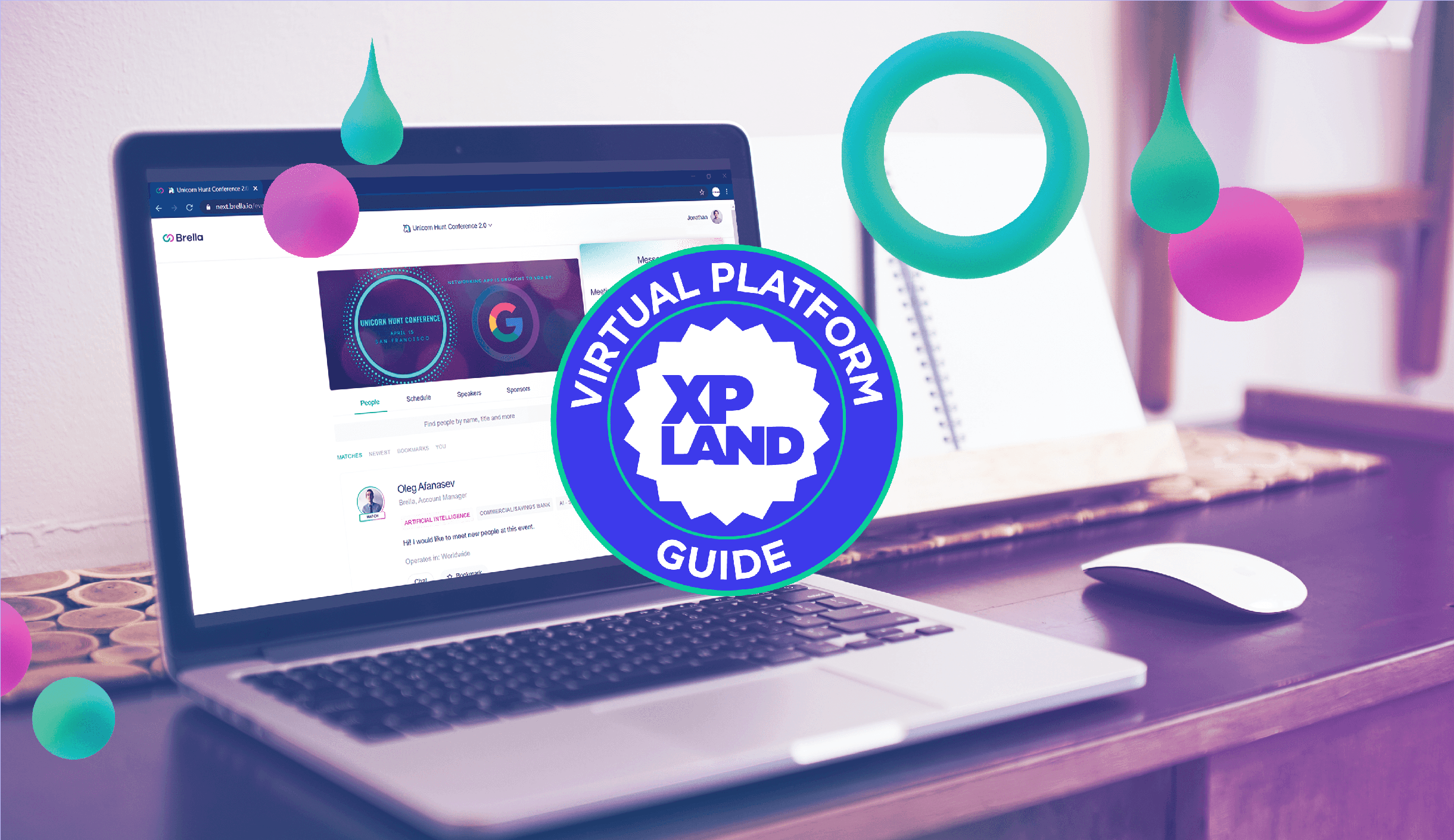The best mobile event apps for on-the-go virtual and hybrid XP

Aaaand here we are again — fall events that went all-in on in-person gatherings are suddenly faced with tough decisions as the Delta variant surges. You know what that means, right? Right. Hybrid is the only way to go. For those of you saying, “Wait, you’re bringing hybrid back?,” we have news: Hybrid never left. (Yes, in this scenario we are Prince and you are JT and “hybrid” is “sexy.”) Virtual platforms are here to stay as tools that offer flexibility for producers, allowing them to dial down in-person components and dial up virtual components as necessary, AKA, build solid hybrid experiences. More than half of web traffic is mobile (so says Google), so the fact that so many virtual platforms are desktop-specific is basically anachronistic. Mobile event apps are a key part of the hybrid future, offering advantages beyond just their accessibility: They serve both virtual and in-person attendees with the same product They easily connect virtual and in-person attendees in video conversations The notifications are much more familiar to smartphone users than the desktop versions Not every event needs an app. Some platforms come with a passable mobile option that may suffice if only a very small percentage...
